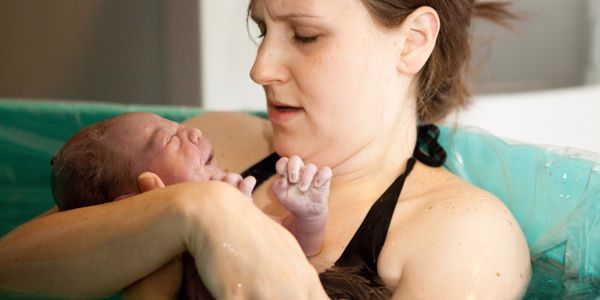To some, having a baby may seem a little daunting financially. Ignoring the fact that your body’s about to change drastically, you’re going to feel things you never thought you would and you’re going to start craving some weird and wonderful foods, but it’s a fact, babies are expensive and they don’t stop being expensive until they’ve left home. The majority of people don’t have a large sum of money tucked away to ensure their income and lifestyle doesn’t change once on maternity leave or have planned that far in advance to save up. So how can you actually budget for maternity leave?
Maternity Pay Explained
Even though you can contractually take a whole year off, unless your employer is offering an enhanced maternity package, you’ll only be paid for up to 39 weeks, likely on a severely reduced salary. Statutory Maternity Pay (SMP) dictates that you are to receive 90% of your average weekly earnings, before tax, for the first 6 weeks of your Maternity Leave. For the remaining 33 weeks, you’ll receive either £148.68 per week (accurate as of July 2019) or 90% of your average weekly earnings, before tax - whichever is lower. If you get an idea of how much money you’ll lose out on overall, it will give you a more realistic plan of how long you can afford to be off work and how much you need to save up to ensure you’re not struggling financially.
How Much Does it Cost to Have a Baby?
To give you a little shock of reality, in the first month of your baby’s life, families spend on average around £500 on things like nappies, clothes, feeding equipment, toys and other nursery must-haves. Across the first year, totalling everything you might buy for your growing baby, families typically spend over £11,000, which doesn’t include childcare costs (which can set you back a whopping £63,224 in the first four years). Makes you feel a little sick doesn’t it?
Many mums will tell you that you’ll never be financially prepared for a child, but there’s no harm in trying and making things a little easier for yourself! If you’re thinking about trying for a baby, now’s the time to start setting money aside - as much as you can afford. Try setting aside 10% of your average weekly earnings before tax as a starting point, as this is what you’ll miss out on for the first 6 weeks of leave. For the rest of your maternity leave, where you’ll likely be on less than £150 per week, this is where how much you save up beforehand will likely determine how long you will be able to take off work. If you calculate how much less per week, before tax, your SMP will be, you can work out the amount you will need to have saved up so you can still live as comfortably as before. Not forgetting that baby stuff is expensive, and families spend on average £2000+ on all the essentials (cots, prams, car seat etc) before the baby is born, which will need to be factored into your savings too. You’ll also have the 9 months before the baby is born to keep saving and then once you’re back at work, your renewed higher income can help you continuously set money aside to cover everything baby-related, including any childcare costs.
Setting up a Budget for Maternity Leave
Budgeting for maternity leave can be a little easier once you know what savings total you’re aiming for, rather than saving blind. Asking family and friends for donations for birthdays and Christmases could also help you reach your savings goal, but if you don’t like the idea of asking for money, you can create yourself a shopping list of items you’ll need, items you want and other bits and pieces you may buy when the time comes, then share it with your friends and family in time for your Baby Shower. There are tonnes of baby registry sites and wishlists online such as MyRegistry, Amazon, John Lewis, Mothercare and Mamas Papas which will all give you a convenient link to send to loved ones so they can buy things as gifts.
To help you save, cutting back on a few things while you’re trying to conceive would be a good place to start. Swapping meals out for home cooking, gym memberships for running outdoors, nights out for movie nights in and shopping trips kept to a minimum, can go a long way to set aside the money you’d otherwise spend without thinking. A good tip I’ve picked up over the years is to look through your bank statement and after each purchase, round up to the nearest pound or note denomination and set the change aside for the baby. Many online banks now help you do this automatically and can also set you up with specific savings accounts to ensure you get the best savings rates and stop you dipping into it before you actually need it. Setting up a direct debit into your savings account will also be a good way to save without thinking about it. It will come out routinely, like a bill and the amount can still be adjusted each month if you want to pay in more or less. If you monitor your finances closely like I do, you can work out how much money you’ll have left at the end of the month after bills and other regular expenditure, give yourself a small ‘allowance’ for general spending and then set the rest aside, in a place where you can’t be tempted to dip into it.
Once you’re closer to your goal, you can start looking at other ways to raise money, such as putting in overtime at work, selling things you no longer need or even compromising on a few things you want to buy and look at second-hand items or ask friends and family who have had children if they have any clothes, toys and other baby essentials they could give to you. There are so many ways you can make sure you don’t struggle whilst on maternity leave, I just hope I’ve given you enough ideas to get you started so you’re well on your way to saving up for your own little bundle of joy!
Head here for A Guide to Child Benefit and How to Claim it.






